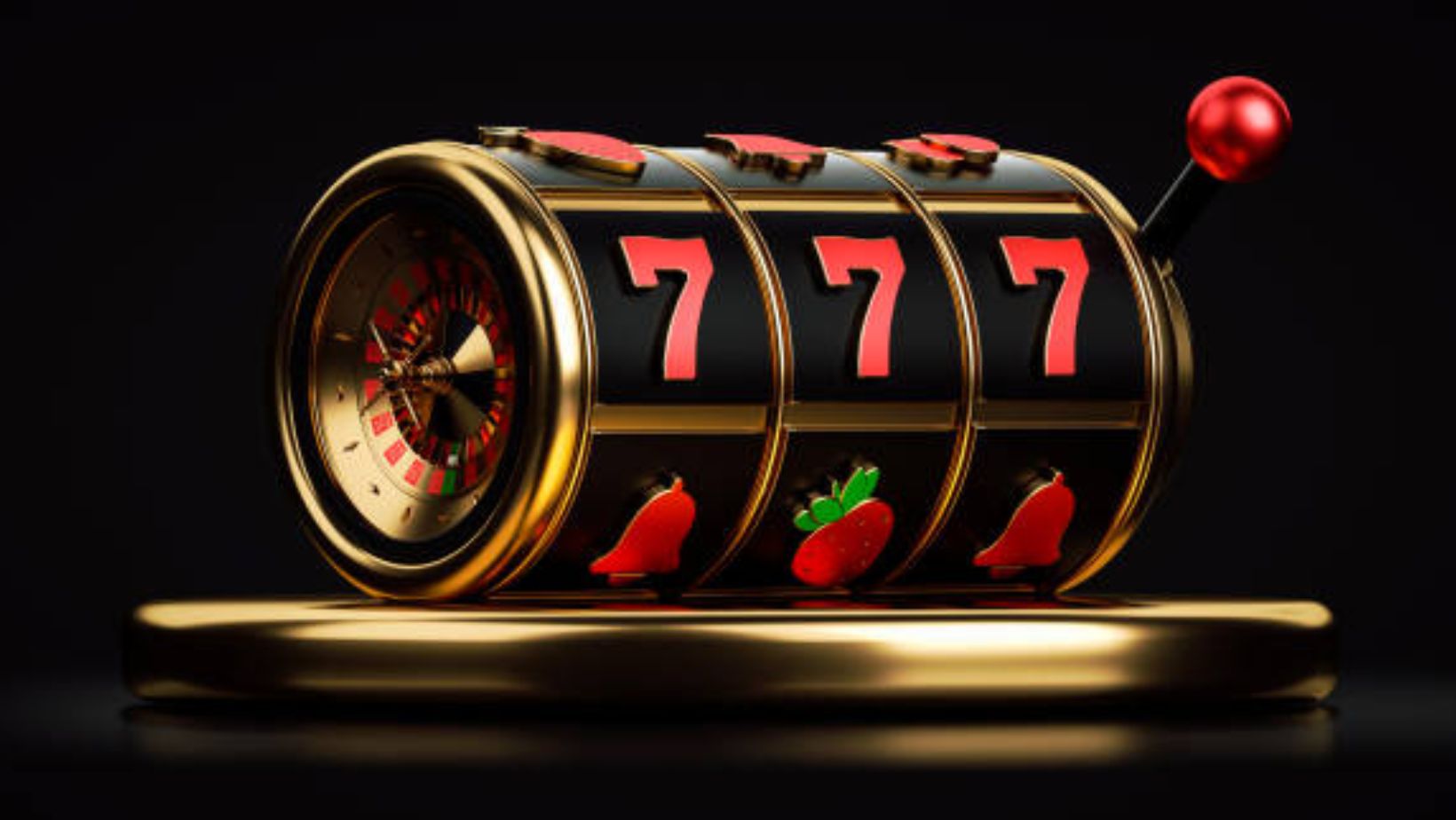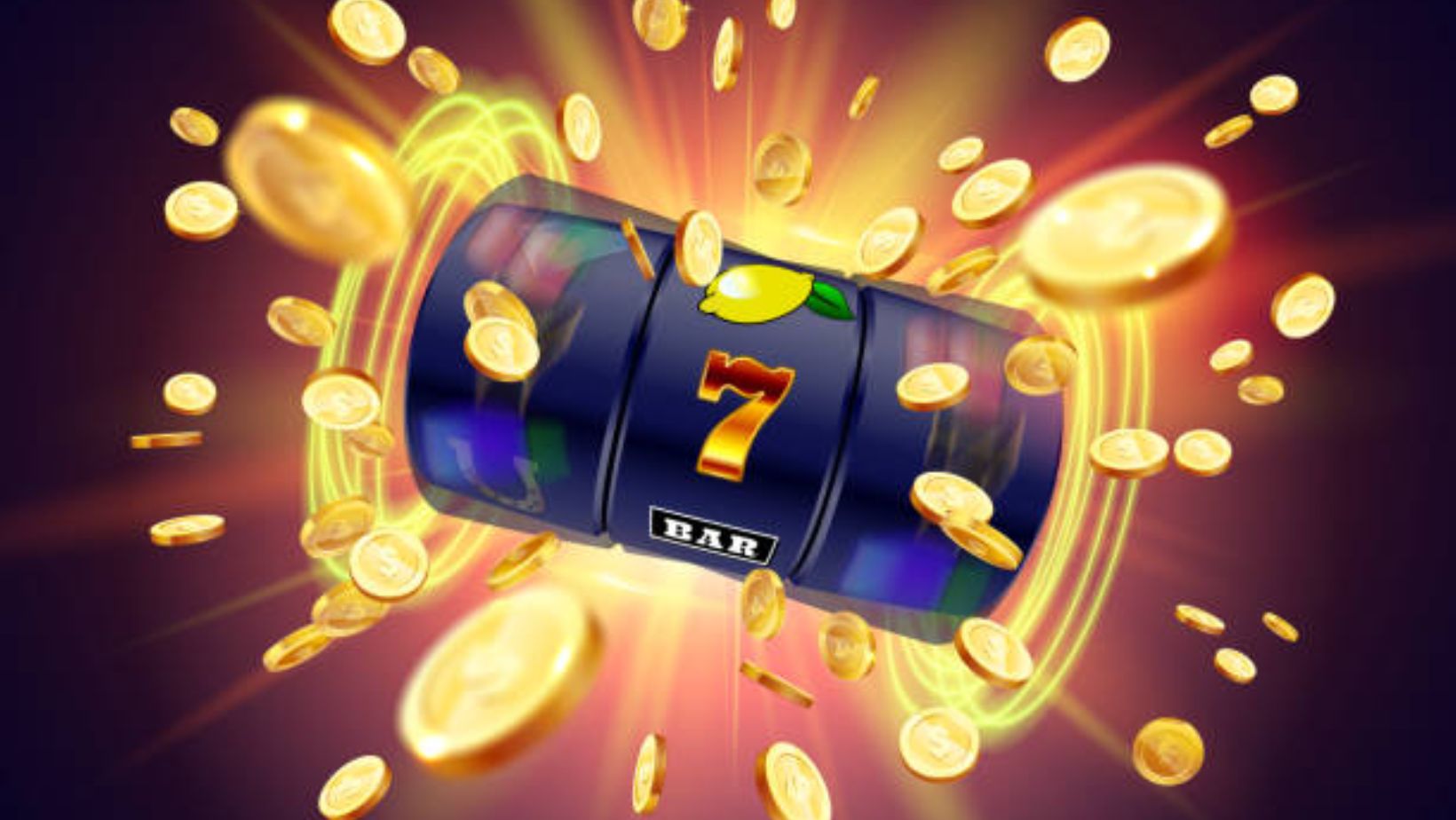
In the globalized world of online gaming, slot games have become a universal source of entertainment. They attract players from diverse cultural backgrounds, each with unique preferences and expectations. To remain relevant and appealing, slot game developers must adapt their games to suit different cultural audiences. This involves not only language localization but also the integration of cultural symbols, themes, and features that resonate with various cultures. This article explores the strategies and methodologies employed by slot game developers to adapt their offerings for different cultural audiences.
Localization of Language and Currency
One of the most fundamental aspects of adapting slot games for different cultural audiences is language localization. This process goes beyond simple translation. Effective localization considers idiomatic expressions, cultural references, and contextual appropriateness to ensure that the game feels native to the player. For instance, a slot game targeted at the Chinese market will not only be in Mandarin but will also include culturally relevant idioms and symbols.
In addition to language, currency localization is crucial. Players prefer to see their local currency when betting, as it makes the gaming experience more intuitive and less confusing. By offering various currency options, game developers can enhance player satisfaction and engagement.
Cultural Symbols and Themes
Incorporating cultural symbols and themes is another critical strategy in making slot games appealing to different audiences. For example, a slot game aimed at Japanese players might feature traditional symbols like cherry blossoms, koi fish, or elements from Japanese mythology.

Similarly, a game designed for the Mexican market might incorporate symbols like maracas, sombreros, and imagery from the Day of the Dead festival.
These cultural symbols and themes help players feel a sense of familiarity and connection with the game, increasing their engagement and enjoyment. Moreover, they can serve as educational tools, providing insights into different cultures for players from other backgrounds.
Customizing Gameplay Features
Different cultures have different gaming preferences, and slot game developers must customize gameplay features to match these preferences. For instance, some cultures might prefer games with high volatility and big jackpots, while others might favor games with frequent small wins. By understanding these preferences, developers can tailor the game mechanics to suit the target audience.
Additionally, the inclusion of culturally specific bonus features and mini-games can enhance the gaming experience. For example, a slot game targeting the Indian market might include a bonus round based on traditional Indian festivals or folklore, providing an immersive and culturally enriching experience.
Visual and Audio Design
The visual and audio design of slot games plays a significant role in their appeal to different cultural audiences. Visual elements such as color schemes, graphics, and animations should align with artistic aesthetics and preferences. For example, vibrant colors and festive designs might be more appealing in some cultures, while others might prefer a more subdued and elegant look.
Similarly, the audio design, including background music and sound effects, should reflect cultural tastes. Traditional music, regional instruments, and culturally relevant sound effects can create a more immersive and engaging experience for players.

For instance, using traditional Chinese music and instruments in a situs slot game can make it more appealing to Chinese players.
Marketing and Promotion
Effective marketing and promotion strategies are essential for reaching different cultural audiences. Developers must tailor their marketing campaigns to resonate with the target audience, using culturally relevant messaging and channels. For example, social media platforms and influencers popular in one country might differ significantly from those in another.
Localized marketing campaigns that highlight the cultural symbols, themes, and features of the game can attract more players. Additionally, collaborating with local celebrities or influencers can enhance the game’s credibility and appeal.
Conclusion
Adapting slot games for different cultural audiences is a multifaceted process that involves language and currency localization, incorporation of cultural symbols and themes, customization of gameplay features, and careful attention to visual and audio design. By understanding and respecting cultural differences, slot game developers can create engaging and appealing games for a global audience. This not only enhances player satisfaction and loyalty but also ensures the long-term success and sustainability of the games in a competitive market.











